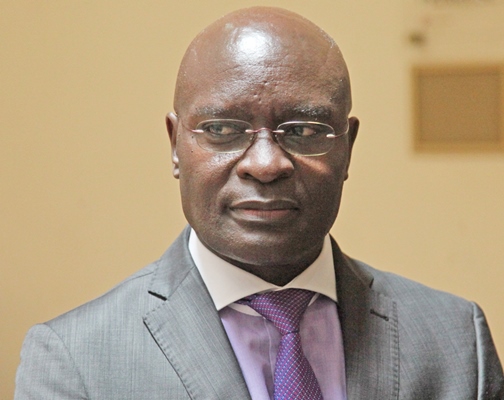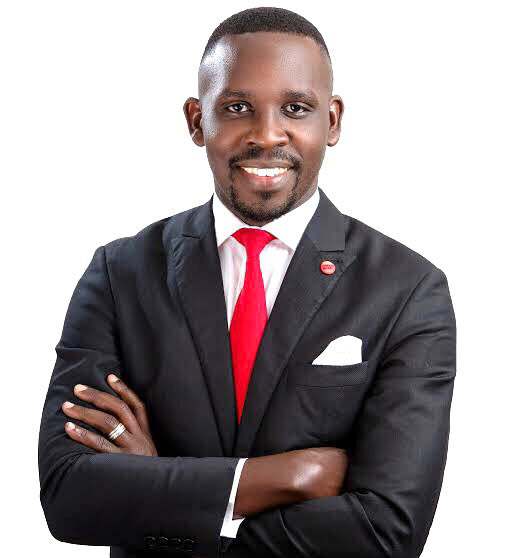We are now living in a global village and crossing boarders is not a mystery anymore. This means that many people are flying to different destinations than ever before and different airlines are transporting millions of passengers across the world. With such a number of passengers taking to the skies, the need to ensure reliable and fast in-flight ambulance has become even more pressing.
According to Jonathan Mulimira, Emergency Medical Technician and instructor at St. John Ambulance Association-Uganda, while an airline travel is basically safe and reasonably comfortable, a good number of factors including psychological stress, air pollution, and pre-existing diseases can cause a small number of passengers to become ill during flight.
In-fight medical emergencies
In-flight medical emergencies are sudden and unexpected incidents that occur while the aircraft is airborne. Whereas most in-flight emergencies happen due to pre-existing medical conditions, he reveals that other health problems are as a result of the aircraft itself.
Mulimira explains that most people especially those travelling for the first time find the sound of the airplane when taking off or landing distressing. “Many suffer nausea, dizziness and headaches, some vomit and others collapse.” Even when the plane hits the clouds, he discloses that this is still a shocking experience for many people which can result into palpitations .
In addition, he says that the sitting can also bring some strain on a passenger which can stir up health problems especially those that have to do with blood circulation. He gives an example of people who sit in the economy class. He says that these people compared to other compartments do not sit very comfortably and with discomfort, they tend to suffer from deep-vein thrombosis said to be caused by periods of prolonged immobility on long flights.
Apart from that, he notes “If the aeration is not favourable, this can lead to suffocation of the passengers which needs immediate action,” he says.
On the other hand, he discloses that the most serious in-flight emergencies are those caused by pre-existing medical conditions which include: diabetic cases, hearts attacks, and other cardiovascular problems such as, chest pain, short of breathness, seizures, stroke, asthma cases among others.
Handling in-flight medical emergencies
If a passenger becomes ill during flight, the immediate priorities as stipulated by flight laws are to quickly locate oxygen and emergency medical equipment, ask for and use any help available, delegate responsibility when appropriate, and suggest flight diversion if it will be of benefit to the patient.
Cabin and cockpit crew
Whenever there is an emergency, the first people to be contacted are the flight crews which include the cabin and the cockpit crew. The cabin crew as disclosed by Phillips Okema, instructor of General Aircraft training, Uganda Aviation School, consists of the stewards and air hostesses and the cockpit crew has the captain, first officer (pilot) and flight engineer.
While passengers see the cabin crew as people who serve them food and drinks and ensure their comfort, Okema reveals that these people are trained in a lot of things including emergency handling.
When it comes to a medical problem during flight, Mulimira says that it is the cabin crew that handles such cases. He discloses that the crew is trained in medical emergency handling and if an incident occurs, they will be the first people to respond.
Aviation authorities all over the world mandated that flight crews have to receive training in the management of in-flight medical emergencies. Their training normally include coordination among crew members, the location, function, and operation of emergency medical equipment, and the contents of the emergency medical kit.
They are also required to undergo training in the use of Automated External Defibrillators (AEDs), a portable electronic device which according to Mulimira automatically diagnoses the life-threatening cardiac arrhythmias of ventricular fibrillation and ventricular tachycardia in a patient, and is able to treat them through defibrillation, the application of electrical therapy which helps to shock the heart into normal rhythm and also learn how to perform Cardiopulmonary resuscitation (CPR) which Mulimira explains as a First Aid technique that can be used if someone is not breathing properly or if their heart has stopped.
Volunteering doctor
Although flight attendants are required to demonstrate understanding of the procedures involved in attending to in-flight medical emergencies, their skills are not required to be equivalent to those of medical personnel. Therefore, if the medical emergency becomes serious and is way beyond the skills of the cabin crew, in this instance the skills of a professional physician will be required. If there is one on board, the cabin crew will request for his assistance.
As pointed out by Mulimira, for the volunteering doctor to assist in an emergency, he has to verify that he is a registered doctor and secondly, he must have medical insurance.
Given that the volunteering doctor was just found on board, its likely that he did not carry his medical equipment. In this case, Mulimira reveals that he/she will be required to use the emergency medical kit which includes materials for first aid kit and emergence medical equipment.
As an emergency medical technician, Mulimira says that the emergency medical kit must include the following: thermometer, scissors/surgical blade, protective gears (face mask for rescue breaths during CPR, surgical gloves), dressings (bandages, roll gauze, plasters), an inhaler (for asthma cases), painkillers, ointments (for wounds, cuts and burns), spirits, syringes and IV catheters in a range of sizes, BP Machine (blood pressure machine), Glucometer (to monitor sugar levels), suction machine (for clearing air ways), Pulse oximeter (to measure the oxygen level in the blood and also to monitor the pulse rate per minute), AED (Automated External Defibrillator for shocking the heart into normal rhythm), ECG (Electro Cardiogram, an equipment that helps to measure electrical activity all over the heart and can help to tell the temperature, oxygen level and blood pressure)
Unscheduled Landings (Flight Diversion)
In a case where a passenger is extremely ill, it is vital for the pilot to make a flight diversion and land the aircraft at the nearest intermediate airport. While unplanned landings due to an in-flight medical emergency result in significant delays and expenses for the airline, this on the other hand according to Mulimira can save the sick passenger’s life.
However, he says that a lot of consultation is done from ground based medical services before a flight diversion is done. “If the ground based medical consultant agrees to a flight diversion, then the decision is left in the hands of the pilot to divert the plane.”
Ground-based Medical Services
Airlines today rely on ground based medical services for medical consultation especially on severe cases of inflight medical emergencies. These provide medical assistance to flight crews of commercial and private jets. Their medical consultants specialize in in-flight emergencies and aerospace medicine which makes it easier to advise flight crews and volunteering doctors as to differential diagnoses and treatment options.
According to Mulimira, organisations that provide Ground based medical services for inflight medical emergencies in Uganda are AAR, and St. John Ambulance Association. As St. John’s Emergency medical technician, he says that ground based medical services operate with information.
Before they offer their services, he disclosed that they first have to know the flight number, which airline, the location of the aircraft, the doctor on board or the emergency medical technician, the PTA (Patient Transport Attendant) and know the nature of incident (whether it is a patient or casualty).
He notes that casualty is someone who has sustained a sudden injury and needs quick medical help or care, while a patient is someone who is admitted to a hospital. He reveals that this information or medical documentation by the flight crew or volunteering doctor is essential if the passenger is being transported to a hospital after landing.
Other in-flight emergencies
Besides in flight medical emergencies, according to Phillips Okema, instructor general Aircraft training, Uganda Aviation School, there are other emergencies that can occur and need immediate response as well. He says that most of these emergencies can be security related or technical problems of an aircraft.
He notes that the purpose of this air marshal is to protect passengers from any kind of aggression. However, while the air marshal is the only person allowed to carry a weapon (gun), he is cautioned on how to use that weapon so that it does not create any damage to the plane that can result to an incident or accidents.








